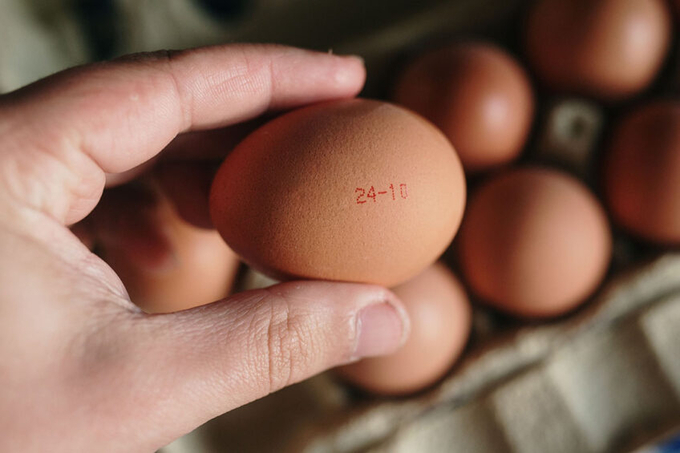November 20, 2025 | 17:14 GMT +7
November 20, 2025 | 17:14 GMT +7
Hotline: 0913.378.918
November 20, 2025 | 17:14 GMT +7
Hotline: 0913.378.918

Precision nutrition strategies to extend the laying cycle are becoming increasingly important. Photo: Canva
Ralph Bishop, Premier Nutrition poultry nutrition and innovation manager, spoke about getting the most out of birds from chick starter rations through to 50-week layers.
Speaking at the British Free Range Producers annual conference in the West Midlands in the UK, Bishop highlighted the importance of getting chick starter diets right to ensure good pullet skeletal development in the first 8-10 weeks, along with organ (4-5 weeks) and muscle development (5-10 weeks).
A dense ration diet high in energy (12MJ) and a highly digestible balanced protein was important for organ developments, while close attention to detail needed to be made around calcium and phosphorous intake to ensure strong bone development. The inclusion of phytase enzymes in rations was also useful, he added.
Although weeks 10-16 were generally quiet for bird development, Bishop said it provided an opportunity to prepare future stresses and strains posed by moving the pullets to layer farms, vaccination and the start of the egg cycle. At this stage, it was vital to train pullets to eat and build the gizzard and gastrointestinal tract, which could be aided by coarser particles and insoluble fibres.
The period between 16 weeks and maturity at 30 weeks sees feed consumption per day rise from 75g/bird/day to around 120g to ensure the corresponding bodyweight rises from 1,300-1,400g to 1,900g, necessitating a suitable dense ration.
This was important as the birds were likely to move from no egg production at week 16 to 90% production by week 22: “Intake, intake and more intake is crucial,” he said.
At 30 weeks, producers should ask themselves what areas of improvements they would like to see, including thinking ahead about egg size and the amount of calcium, phosphorus and vitamin D3 should be administered to keep shell quality high.
Bishop said farmers needed to be proactive on egg size, working towards eggs weighing 62-63g . Hens producing eggs weighing in at 65g could struggle with shell quality later in life.
He addressed the issue of calcium supply, saying producers were wrong to up the intake beyond 4% as studies from the University of Guelph showed a decline in shell thickness and shell strength as well as build-up of kidney ash.
Charles Macleod, St David’s Poultry commercial manager of layers, spoke of the importance of clean water to prevent issues such as gut dysbiosis, which could reduce egg production and quality, lead to increased mortality and morbidity, decreased feed efficiency and growth performance, impaired immune system and increased susceptibility to other infections and gut inflammation.
Macleod said producers needed to understand that feed composition as well as temperature and humidity significantly influenced water consumption.
(PW)

(VAN) In a new study published in Trends in Biotechnology, researchers used a gene-editing technology called CRISPR to increase a fungus's production efficiency and cut its production-related environmental impact by as much as 61%- all without adding any foreign DNA.

(VAN) A top official in Beijing’s Cop delegation says China is committed to clean energy – but US’s absence is a problem.

(VAN) The Bangsamoro region’s inflation rate rose slightly to –1.3 percent in October 2025 from –1.5 percent in September, the Philippine Statistics Authority (PSA-BARMM) reported.

(VAN) FAO-led report says protecting and restoring forests is crucial to boosting climate-resilient agriculture, rural livelihoods and global food and water security.

(VAN) Flagship partnership secures additional GBP 16.9 million to strengthen forest monitoring, transparency and country support to 2030.

(VAN) After a turbulent year for international development, the aid and assistance landscape has shifted, with donors rethinking how, where and why they support sustainable development.

(VAN) A new tool for measuring the economic value of farm animal welfare improvements has been developed, potentially transforming how consumers, retailers and the government evaluate animal welfare policies.